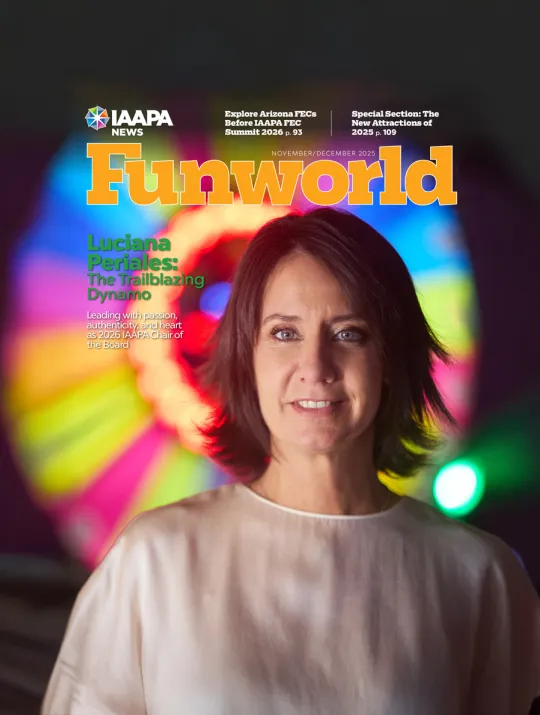BEER, THE THIRD MOST CONSUMED BEVERAGE in the world, has long been part of the attractions industry. But in recent years, attractions have leveraged the beverage by tapping into craft beer sourced from smaller-scale, localized breweries.
While craft breweries started to emerge in the United States and Europe in the 1970s, their growth has taken off in the last two decades. Today, the two regions are home to nearly 19,000 craft breweries, nearly 90% of the global total. However, Latin America and Asia are also seeing an emergence in interest.
“For a lot of places [that] provide experiences, food and beverages gives the opportunity to stand out and add to the experience,” says Bart Watson, vice president of strategy and chief economist of the Brewers Association, which represents small and independent American brewers. “People used to go out to drink. Nowadays, people want to do something and have something to drink,” says Watson, citing places like movie theaters, zoos, and attractions that have added craft beer to their food and beverage (F&B) offerings.
In 2021, Airtopia Adventure Parks, a family entertainment center (FEC) with locations in Owasso, Oklahoma; San Antonio; and Hemet, California, formed a partnership with Illinois-based Tapville Social to install a tap wall at Airtopia Adventure Park in San Antonio. The tap wall is a self-contained draft system that allows guests to pour their own craft beverages. The tap wall concept has since expanded to Airtopia’s Owasso location.
According to Tapville CEO Joseph Tota, the tap wall provides an ideal solution for FECs as the self-service concept requires no existing plumbing and operates on a standard electrical outlet.
“It allows you to serve beverages in an efficient way with less labor,” Tota says, referencing a past visit to an FEC where the craft beer bar was closed because the bartender didn’t show up to work. Tota says Airtopia generates margins of 80% to 85%. Plus, with the RFID card that guests use to activate the taps tracking every ounce poured, the waste factor is only 2% to 3%.





 The Official Magazine of IAAPA
The Official Magazine of IAAPA











